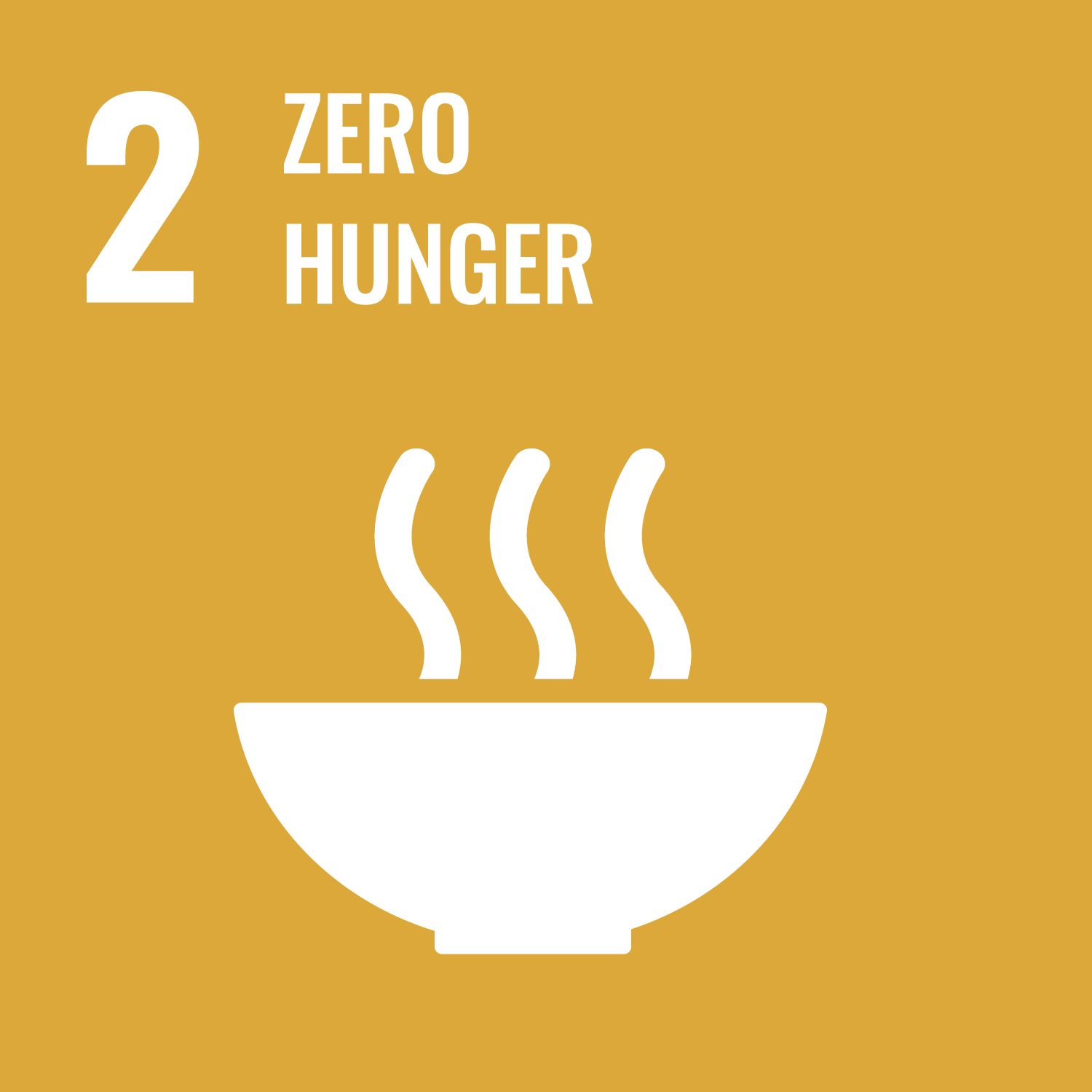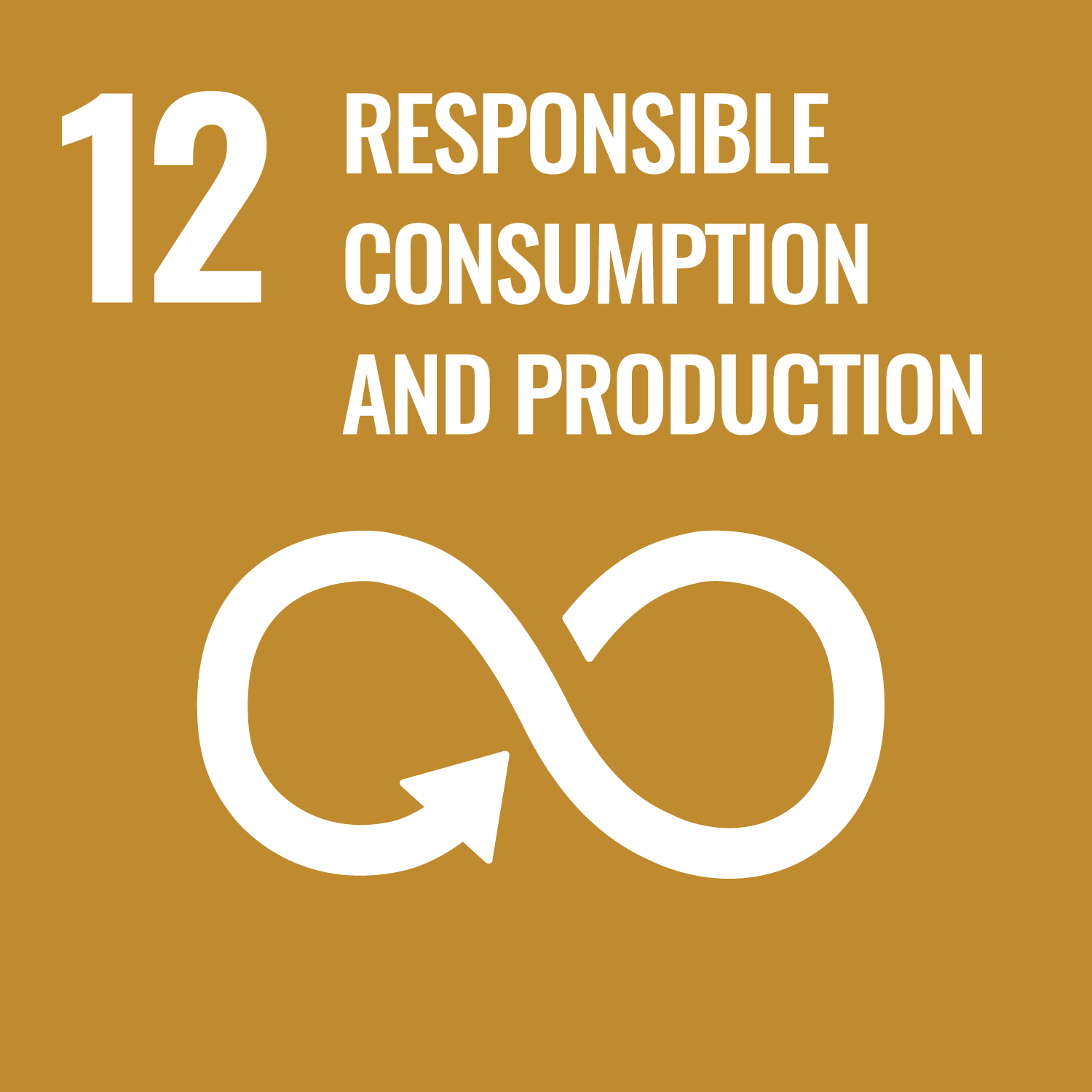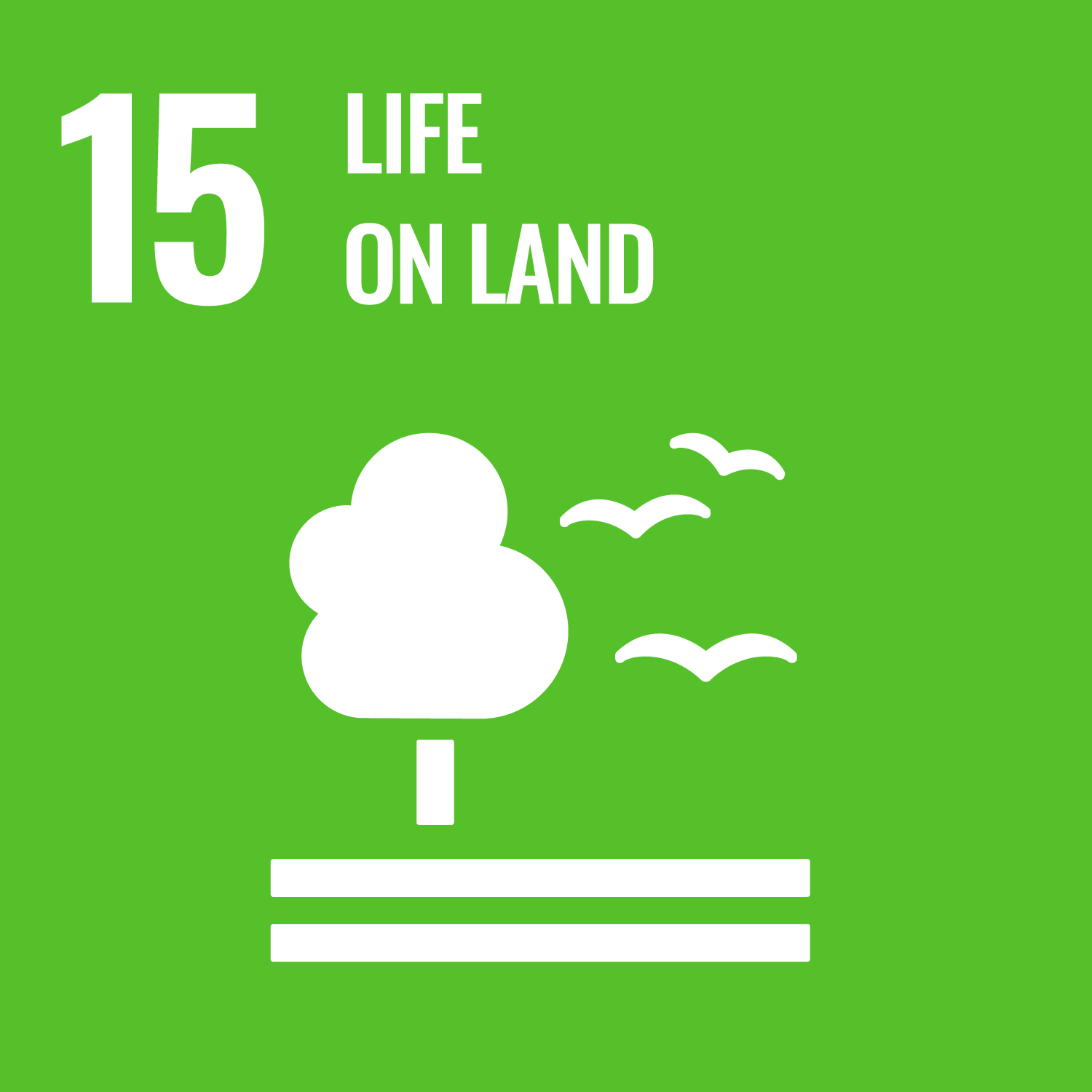Crop Growth Planning in Vertical Farming
Stocks of arable land per person are declining worldwide due to increasing population-growth and urbanization rates, decreasing water availability, and climate change. Vertical farming (VF)—so, growing crops in vertical, stacked layers rather than on the ground—offers opportunities to mitigate these problems and to contribute to our achieving the Sustainable Development Goals of the United Nations. Goal 2: Zero Hunger can be supported by large-scale VF systems producing staple foods in large quantities in countries with restricted space availability or hostile conditions for open-air farming, while the ability of VF systems to reduce the negative effects of traditional farming as described above cacn play a role in our achieving Goal 12: Responsible Consumption and Production, and Goal 15: Life on Land.
In pandemics (such as the 2020 outbreak of COVID-19), meanwhile, VF systems may offer the additional autonomy and independence from transport operations that are necessary if quarantine measures are to be successfully implemented in affected areas. In a recent publication, we use prescriptive analytics methods to plan the growth of crops on shelves in vertical farming cabinets under controlled growth conditions.
papers
“The Crop Growth Planning Problem in Vertical Farming”
Michael Schneider
with A. Santini, E. Bartolini and V. G. de Lemos.
Forthcoming in European Journal of Operational Research




